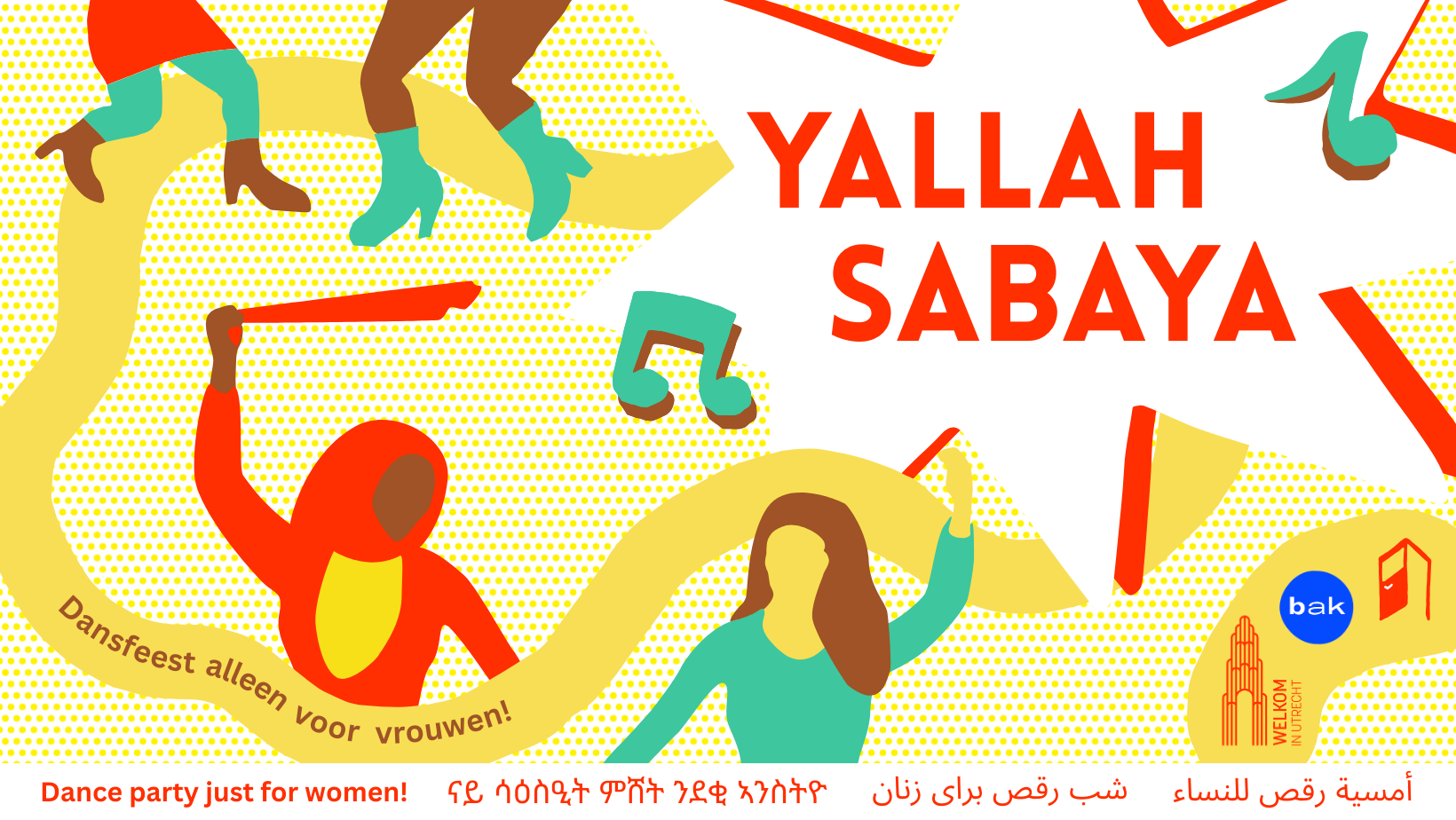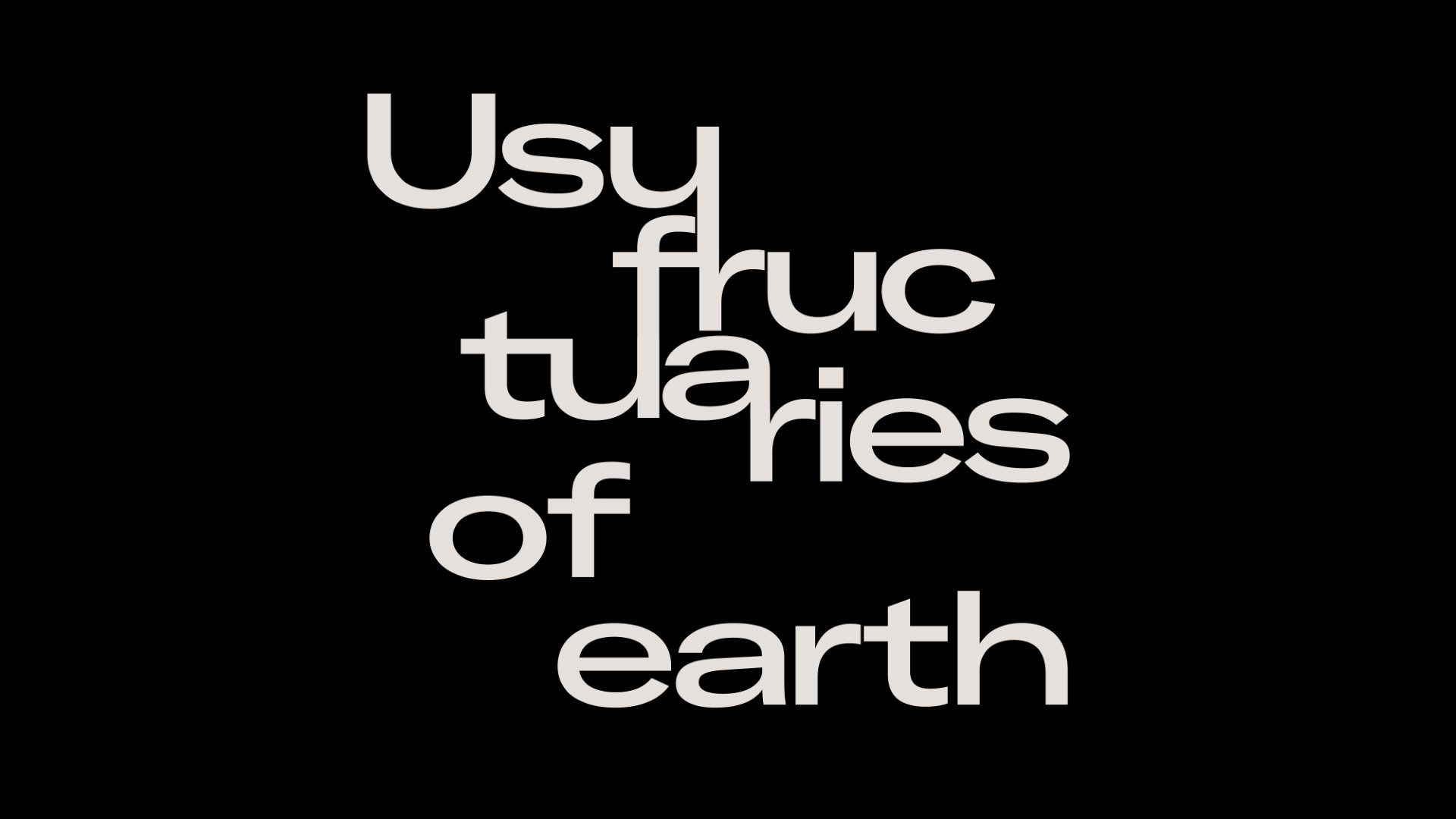Radical Democracy, Art and Spaces of Conflict
While the neoliberal, economy-driven democratic regime seems to maintain the order of things through the production of emergency and mass consensus, art, too, risks being coopted in the service of reinforcing that consensus policy. In the face of this, BAVO pleads for a “wild” or “crazy” artistic gesture that would disrupt the authorized and constricted line of thought and horizon of imagination in our post-socialist age. Artist Thomas Hirschhorn’s 2004 project Swiss-Swiss Democracy is one particularly daring and constructive example of such a gesture. Held at the Swiss Cultural Centre in Paris, the project responded to the success of the neoconservative party in Swiss elections, questioning the state of democracy in the country by means of Hirschhorn’s unique artistic language—a complex installation/construction of cardboard, foil, duct tape, found objects, images and clippings from the printed media and graffiti-like statements as well as a theater play and lecture series. Swiss-Swiss Democracy caused an uproar among Swiss politicians, leading, among other things, to cuts in the budget of Pro Helvetia, a state foundation for visual art that had supported the project. Given projects such as this, which take place in the so-called public sphere and generate active debate and contestation, could one argue that the core of the radical potentiality of art lies in disrupting the established order and creating a space for conflict? Following an introduction by BAVO and lecture/presentation by Thomas Hirschhorn, Marcus Steinweg, a philosopher and writer who has often collaborated with Hirschhorn (on projects including Swiss-Swiss Democracy), elaborates upon and critiques this question about the political relevance of art and engages in a discussion with the audience.



